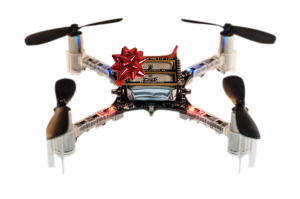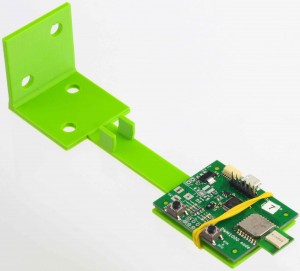 It’s that time of year again, time for Christmas shopping. This year we thought that we would plan ahead and produce more units before Christmas to meet the demand. It was a great plan, but there were some hick-ups on the way. Originally the plan was that a fresh batch of Crazyflie 2.0’s would be rolling out of production right around now and being available in the Seeedstudio bazaar. But unfortunately we’ve only managed to get a small part of the batch out. And since demand is high before Christmas they were all sold out immediately. But we’re working hard to get the remaining part of the batch ready. The new time-plan is for the units to be finished around Christmas, which means they might not have time to ship to customers and be ready to get unwrapped by happy geeks around the world. But there’s still a chance to get a great present for your fellow geek (or maybe your own inner geek), check out our list of local distributors.
It’s that time of year again, time for Christmas shopping. This year we thought that we would plan ahead and produce more units before Christmas to meet the demand. It was a great plan, but there were some hick-ups on the way. Originally the plan was that a fresh batch of Crazyflie 2.0’s would be rolling out of production right around now and being available in the Seeedstudio bazaar. But unfortunately we’ve only managed to get a small part of the batch out. And since demand is high before Christmas they were all sold out immediately. But we’re working hard to get the remaining part of the batch ready. The new time-plan is for the units to be finished around Christmas, which means they might not have time to ship to customers and be ready to get unwrapped by happy geeks around the world. But there’s still a chance to get a great present for your fellow geek (or maybe your own inner geek), check out our list of local distributors.
On another note we’re having some issues with shipment of spare batteries from China. New shipping and customs regulations have made it very expensive to ship spare batteries that are not included in products. Normally several orders of products are bundled together when doing the shipping/customs from Seeedstudio, but each battery now has to be handled separately with it’s own declaration and paperwork .We’re trying to find a way around this issue, but until then the spare battery at Seeedstudio will be listed as out of stock. If anyone has any tips on how to solve the issue, please let us know.














